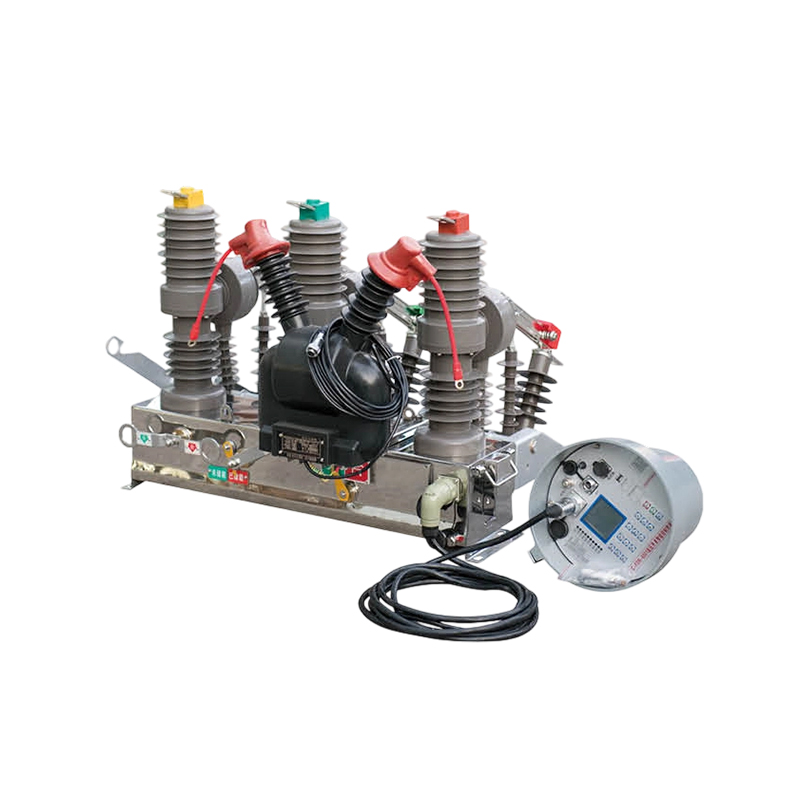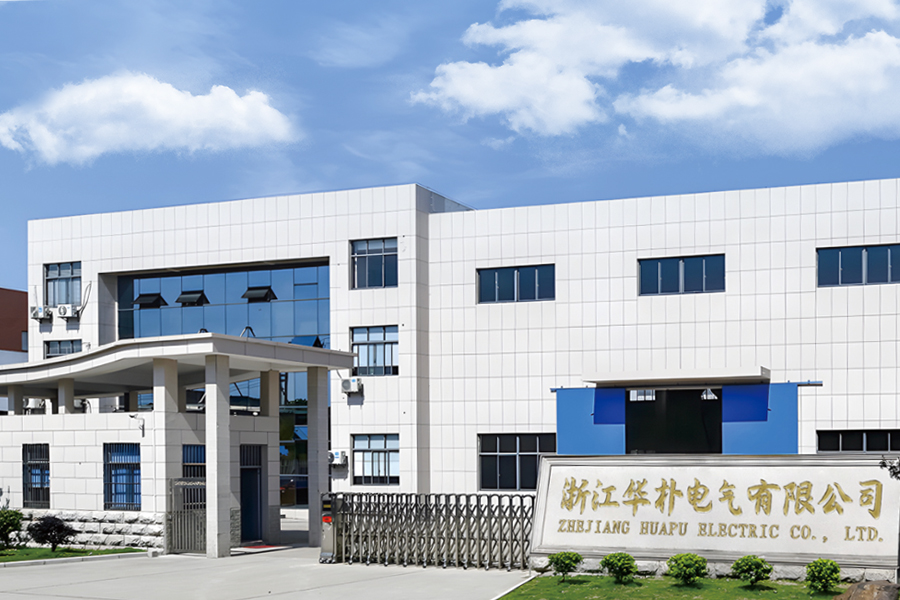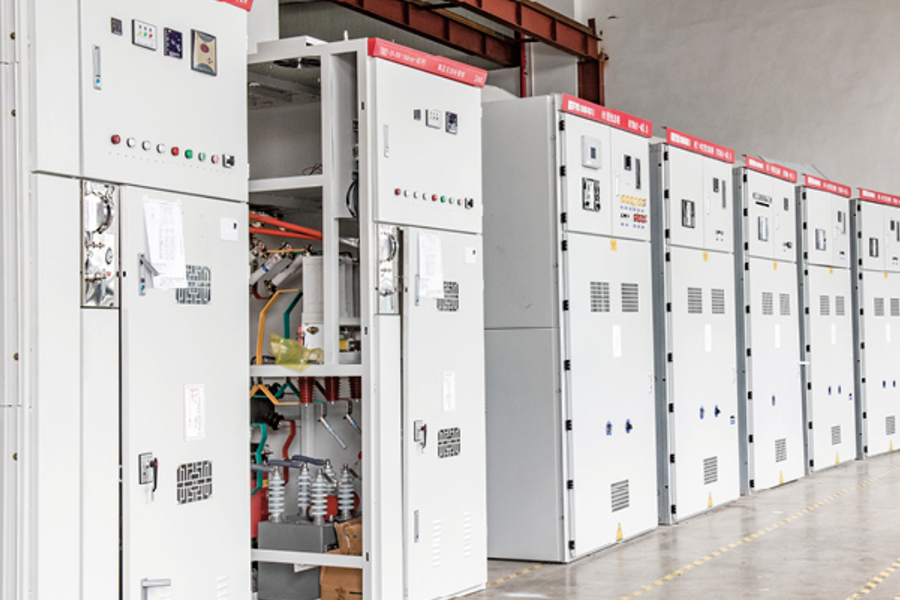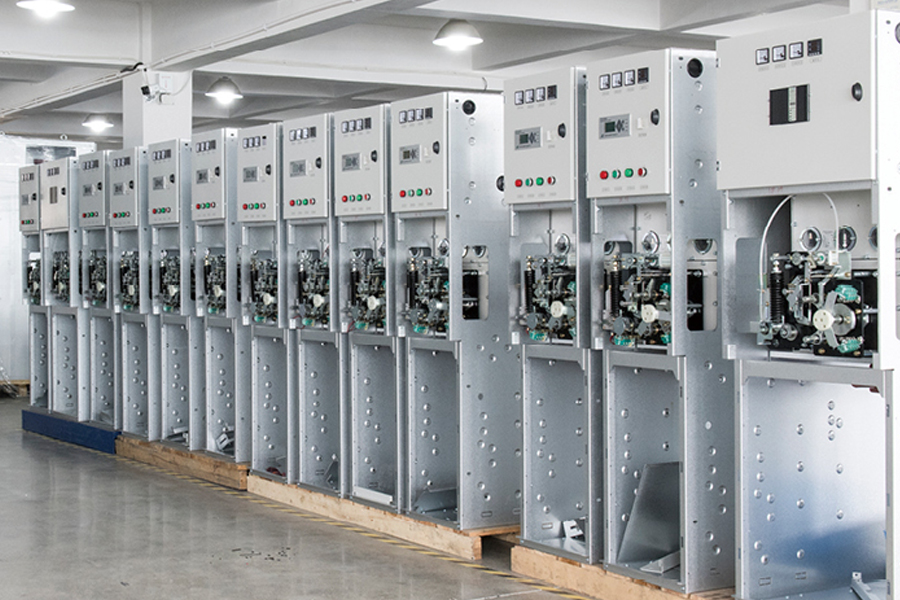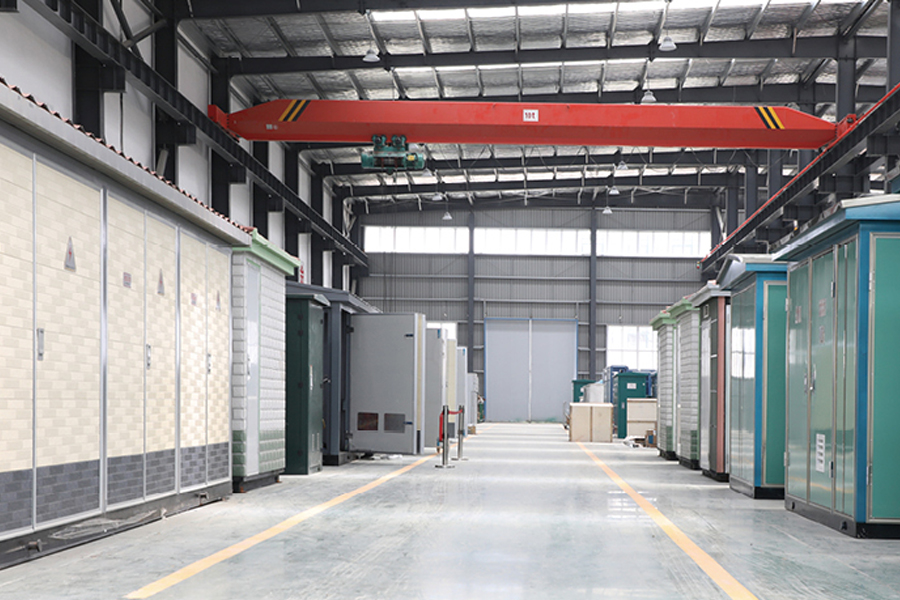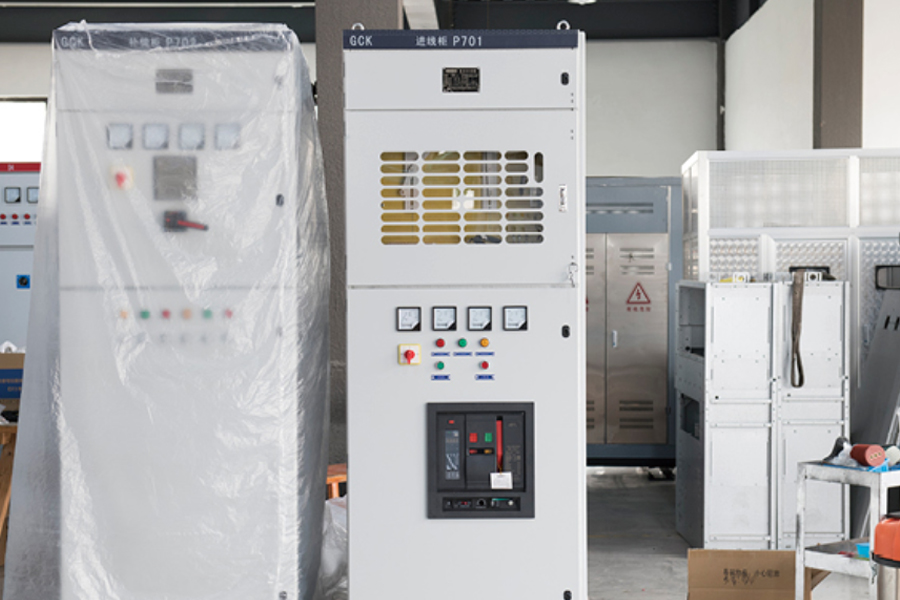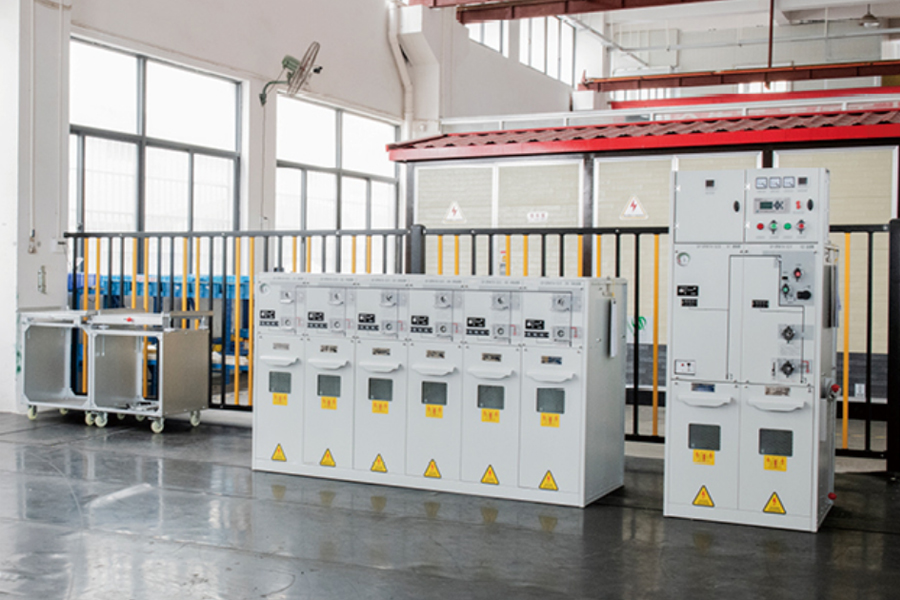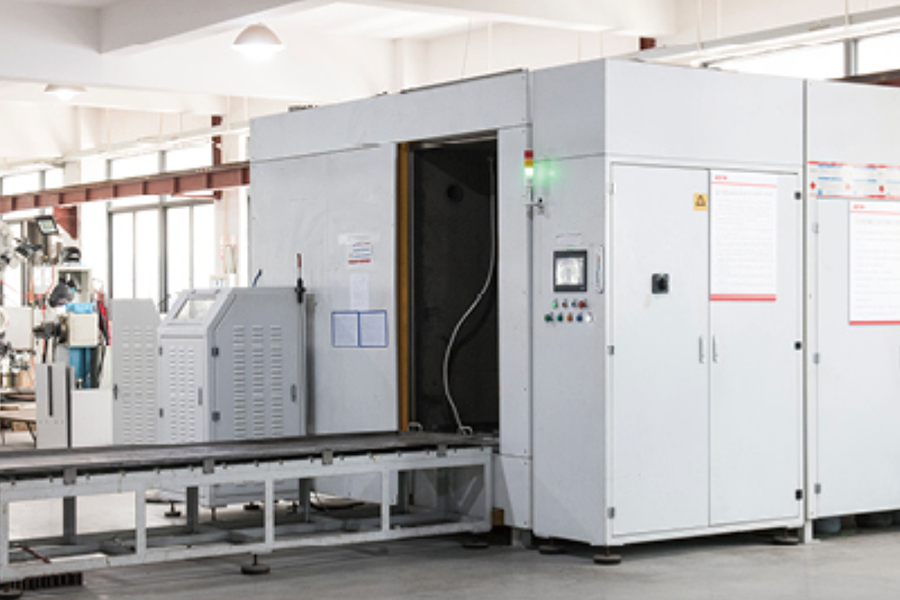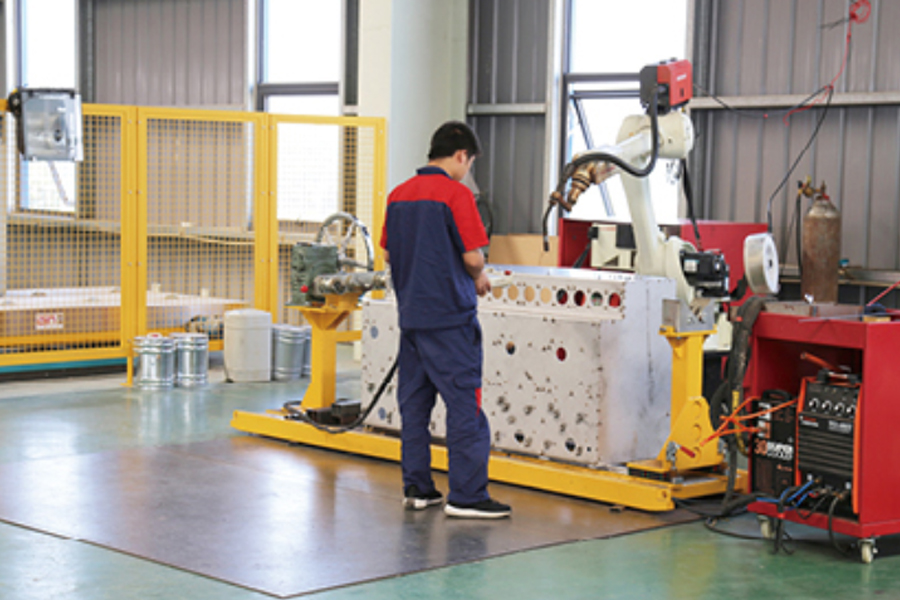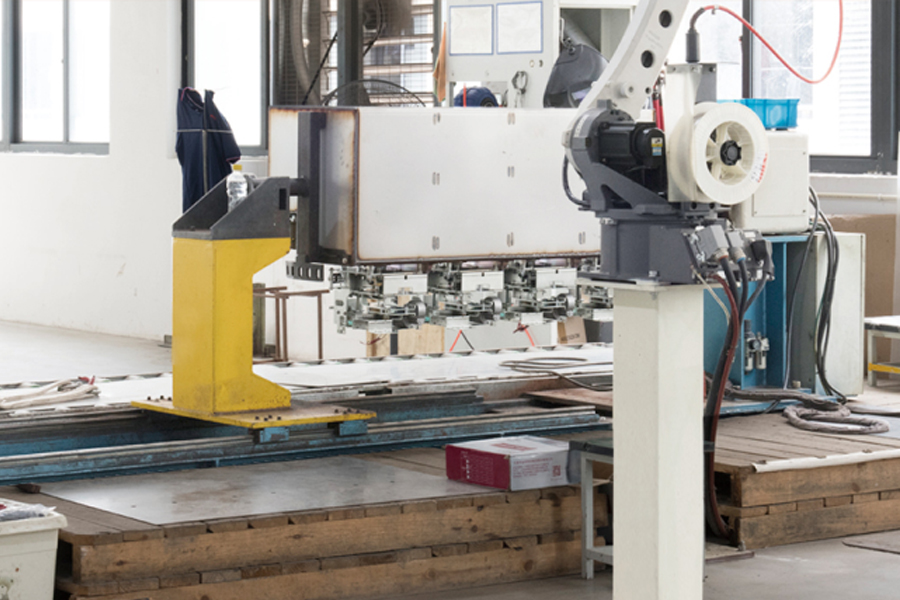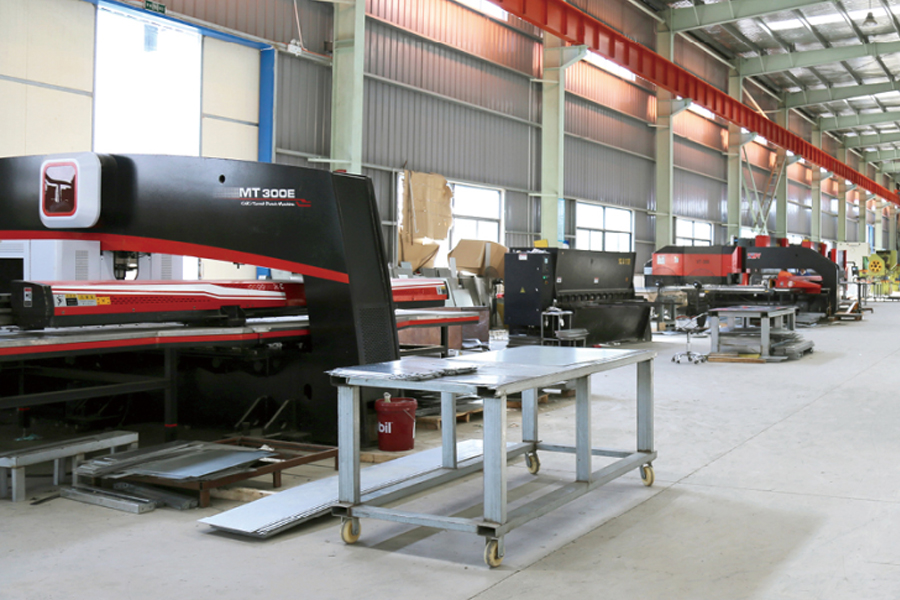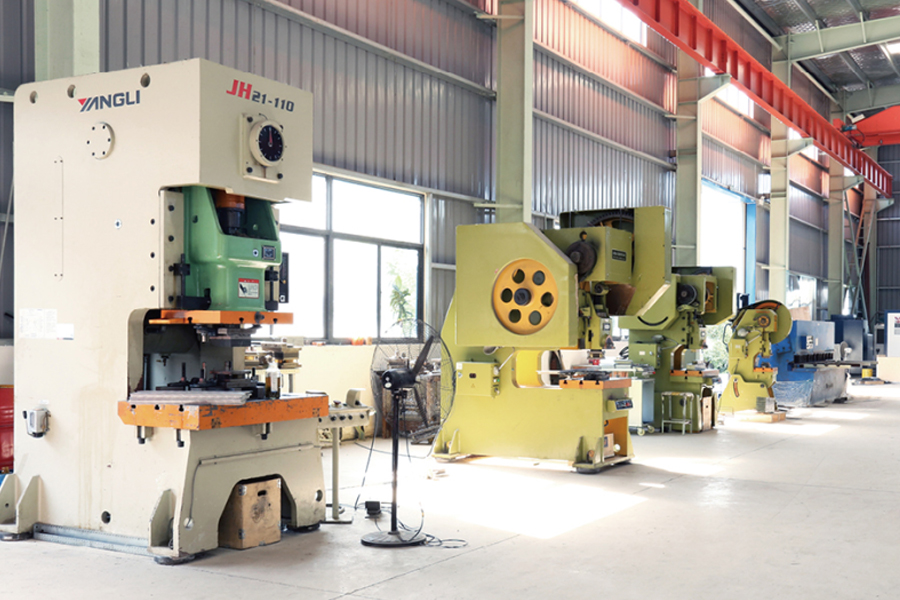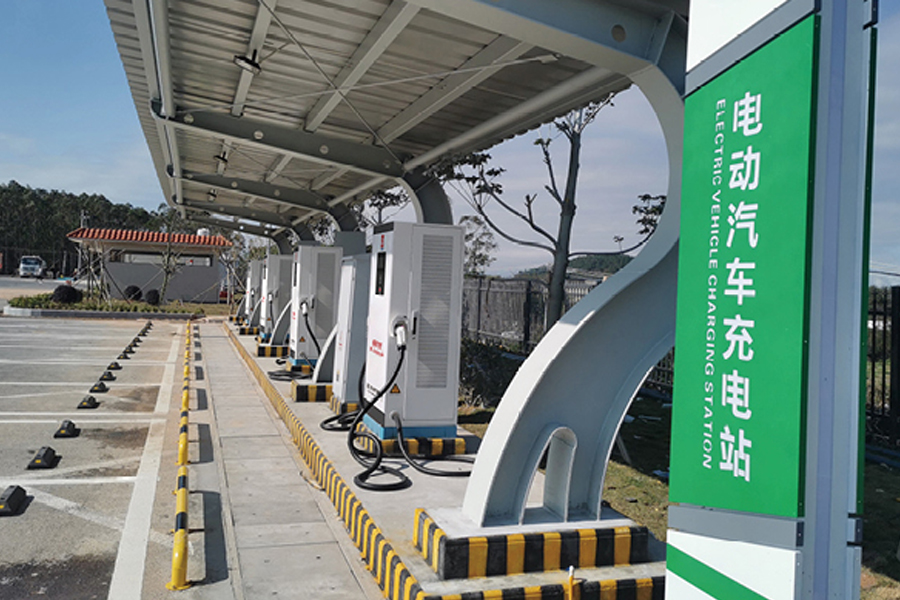Introduction Infrastructure projects are shifting toward smarter and more sustainable energy systems. Unlike traditional...
READ MOREVacuum Circuit Breaker Manufacturer
The Engineering Vacuum Circuit Breaker (VCB) is a highly reliable and modern electrical switching device designed to protect and control power distribution systems. It operates by extinguishing the arc within a vacuum chamber, making it ideal for medium-voltage applications. Engineered to meet rigorous industrial and utility standards, this breaker ensures the safety and stability of critical electrical infrastructure. Its compact structure and environmentally friendly operation make it a preferred choice in substations, industrial plants, and commercial facilities.
Advantages:
One of the key advantages of the Engineering Vacuum Circuit Breaker is its long service life and minimal maintenance requirements. Unlike traditional oil or air circuit breakers, VCBs do not suffer from arc degradation or insulation deterioration, significantly reducing operational costs over time. Their excellent dielectric strength and rapid arc quenching capabilities enhance system reliability and prevent equipment damage during fault conditions. Additionally, VCBs are safe to operate, with low fire and explosion risks, thanks to their sealed vacuum interrupter design. The absence of harmful gases or oils also makes them an environmentally sustainable solution.
Features:
The Engineering Vacuum Circuit Breaker is designed with flexible installation options, catering to various layout needs in electrical systems. It can be mounted in fixed or withdrawable configurations, offering ease of integration into new or existing switchgear panels. The compact footprint allows optimal use of limited space, especially in urban or retrofit projects where layout constraints are common. Control and monitoring interfaces are ergonomically positioned for convenient access and maintenance, while modular design supports straightforward component replacement or upgrades. Clear terminal labeling and cable entry points further simplify installation and minimize wiring errors. With a focus on spatial efficiency and accessibility, this VCB supports smart grid compatibility and digital system integration through optional remote monitoring modules and communication interfaces.
Search
Categories
-
New Energy Power Distribution Equipment(6)
-
Box Type Substation(3)
-
Cable Branch Box/Switch Station(3)
-
High Voltage Switchgear (23)
-
Low Voltage Switchgear(16)
-
Engineering Vacuum Circuit Breaker(2)
-
New Energy Vehicle Floor Charging Pile(9)
-
Commercial Energy Storage(3)
-
Photovoltaic Complete Box(8)
-
High Voltage Arrester(54)
-
-
Vacuum Circuit Breaker technology has become a vital part of modern power distribution and industrial systems. Its growi...
READ MORE -
Mobile Photovoltaic Cabin is gaining attention as a practical solution for powering remote locations, emergency sites, a...
READ MORE -
The European Style Fully Insulated Ring Network Cable Branch Box is gaining attention as a dependable component in the d...
READ MORE
An engineering vacuum circuit breaker is a switching device that interrupts fault currents by extinguishing the arc within a sealed vacuum chamber. It uses vacuum interrupters to separate contacts rapidly, preventing ionized gas from sustaining an arc. Housed in a metal enclosure, it integrates operating mechanisms, current transformers, and protection relays. Suitable for medium‑ and high‑voltage applications, it offers compact dimensions and a reduced risk of fire or explosive hazards. Routine inspections focus on mechanical operation, contact wear, and vacuum integrity to ensure reliable performance.
Maintenance Practices for Vacuum Circuit Breakers
A vacuum circuit breaker (VCB) is an electrical switching device that interrupts current flow by extinguishing the arc in a vacuum-filled chamber. When contacts inside the interrupter separate, any arc produced is rapidly quenched due to the absence of gas, preventing ionization and allowing a clean break. Typical voltage ratings range from medium to high voltage, making vacuum circuit breakers suitable for distribution and substation applications.
Vacuum circuit breakers are switching devices that interrupt current flow by extinguishing arcs within sealed vacuum chambers. Contacts separate under high vacuum, rapidly quenching arcs without gas replenishment. Housed in metal enclosures with actuating mechanisms, they are used for medium‑voltage distribution and require small maintenance due to reduced contact wear.
The core components include a sealed vacuum interrupter, an operating mechanism, insulation support, and an enclosure. The interrupter contains fixed and moving contacts enclosed in a ceramic or metal housing evacuated to high vacuum levels. The operating mechanism provides stored-energy actuation—either spring or magnetic drive—to open and close contacts with precise timing. External insulators and a grounded metal tank ensure dielectric strength and personnel safety.
Vacuum circuit breakers are valued for their compact footprint, small maintenance requirements, and long service life. The vacuum interrupters exhibit little contact erosion and do not require gas refills. Load switching, fault clearing, and motor starting are common functions, with ratings up to several kilovolts. Applications include power distribution networks, industrial plants, railway traction systems, and renewable energy integration. Regular maintenance typically involves mechanical operation tests, contact wear inspection, and vacuum integrity checks using leakage current measurement.
Communication Capabilities of Digital Breakers
A Digital Circuit Breaker (DCB) is an advanced protection device that combines traditional overcurrent interruption with embedded electronics for monitoring, control, and communication. Unlike conventional breakers, it incorporates a microprocessor-based relay, sensors, and digital interfaces within the same enclosure.
Key elements include current and voltage sensors, a digital protection relay, user interface display, and communication ports supporting protocols such as Modbus or IEC 61850. The relay continuously samples electrical parameters, executes configurable protection algorithms (overcurrent, earth fault, short-circuit), and issues trip commands to the main interrupter within milliseconds. The user interface allows parameter adjustment, status viewing, and event recording.
Digital breakers enable real‑time data acquisition and remote supervision. Metering functions—energy, power factor, harmonics—provide insight into system performance, while event logs and waveform captures assist in fault analysis. Integration with supervisory control systems permits centralized monitoring and coordinated protection schemes across multiple breakers.
Installation mirrors that of traditional molded-case or vacuum breakers, with additional considerations for power supply to the electronics and network cabling. Maintenance includes firmware updates, functional tests of protection settings, and verification of communication links.



 English
English  中文简体
中文简体  русский
русский  Español
Español  عربى
عربى 
